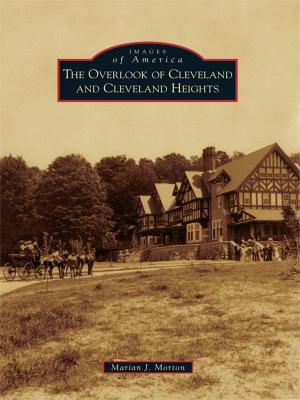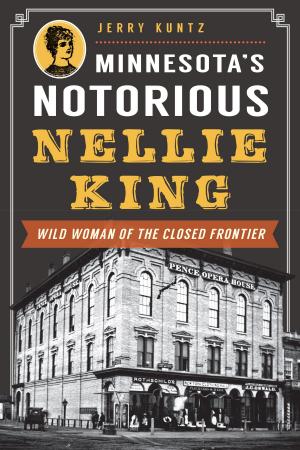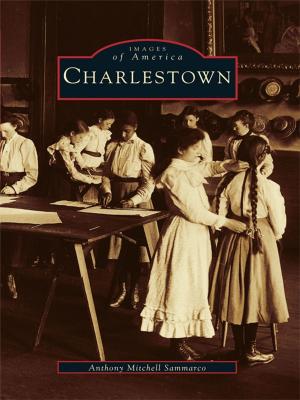| Author: | Starley Talbott | ISBN: | 9781439638170 |
| Publisher: | Arcadia Publishing Inc. | Publication: | August 24, 2009 |
| Imprint: | Arcadia Publishing | Language: | English |
| Author: | Starley Talbott |
| ISBN: | 9781439638170 |
| Publisher: | Arcadia Publishing Inc. |
| Publication: | August 24, 2009 |
| Imprint: | Arcadia Publishing |
| Language: | English |
The North Platte River that flows through a portion of Platte County, Wyoming, lent its name to the new county carved from Laramie County in 1911. Prior to the late 1800s, with the exception of Native Americans, trappers, and some ranchers, few people chose to remain in the territory. Travelers who crossed the windswept prairies followed trails headed for the lush farmlands of Oregon or the goldfields of California and the Black Hills. In 1883, the Wyoming Development Company began an irrigation project that brought an influx of farmers to the promising new acreages around Wheatland, the town that became the county seat. The arrival of the railroad in the late 1800s brought more farmers, ranchers, and miners to the area that would become Platte County. New residents established dozens of communities with schools, churches, and businesses. The remaining viable towns are Wheatland, Glendo, Hartville, Guernsey, and Chugwater. This book covers the history of these towns, and the vanished ones, along with the rural areas of Platte County.
The North Platte River that flows through a portion of Platte County, Wyoming, lent its name to the new county carved from Laramie County in 1911. Prior to the late 1800s, with the exception of Native Americans, trappers, and some ranchers, few people chose to remain in the territory. Travelers who crossed the windswept prairies followed trails headed for the lush farmlands of Oregon or the goldfields of California and the Black Hills. In 1883, the Wyoming Development Company began an irrigation project that brought an influx of farmers to the promising new acreages around Wheatland, the town that became the county seat. The arrival of the railroad in the late 1800s brought more farmers, ranchers, and miners to the area that would become Platte County. New residents established dozens of communities with schools, churches, and businesses. The remaining viable towns are Wheatland, Glendo, Hartville, Guernsey, and Chugwater. This book covers the history of these towns, and the vanished ones, along with the rural areas of Platte County.















